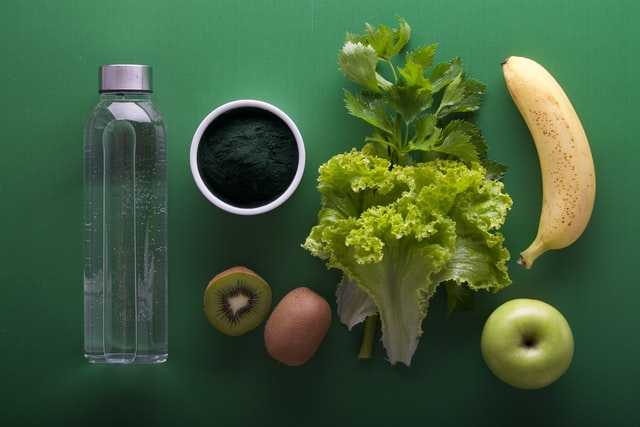
It is important to have an optimal level of cholesterol, here is why?
We have heard that high cholesterol is associated with several health conditions such as heart diseases, high blood pressure, diabetes, varicose veins. But it is not all bad. In fact, cholesterol at optimal levels is required by the body.

What causes high Cholesterol
There are three main causes of high cholesterol
- Leading an Unhealthy Lifestyle (Primary cause):
Eating a diet rich in saturated and trans-fat, not exercising, being overweight/obese or smoking
- Medical Conditions (Secondary cause):
Diabetes (Type 2), Underactive thyroid gland (Hypothyroid), Kidney or liver problems, Alcohol and medications like steroids, antidepressants
- Genetic or Hereditary (Secondary cause):
High cholesterol sometimes runs in the family, it is due to faulty genes and can shoot the cholesterol levels to a risky level.
Lifestyle Changes That Can Help Reduce Cholesterol
Lifestyle changes are very effective in helping reduce cholesterol levels. They are also straightforward and can be made at any age. The key effective lifestyle changes are described below:
1. Eat Heart-Healthy Food:
- Limit saturated fats, avoid trans-fats and consume Unsaturated fats (& Fiber)
- Consume foods with unsaturated fat & eat more fibre: Replace white bread and pasta with whole grains. Add plenty of fruits and veggies in daily diet.
Read more: Healthy Fats for a Healthy Heart: How to include them in your diet?

(Balanced Diet is the key)
- A quick explanation of different types of fats that are present in one’s diet will allow you to understand them and identify the sources
| SATURATED FAT | UNSATURATED FAT | TRANS FAT |
| Increase the Total Blood Cholesterol (TBC) levels & are associated with increased risk of heart disease | Improve the Total Blood Cholesterol (TBC) levels & reduce the risk of heart disease. | These are artificial fats – that increase the bad cholesterol (LDL) & hence the risk of heart diseases and type 2 diabetes |
| Ideal Consumption: < 10% of daily calories | Ideal consumption: between 25% & 35% of total calories | Ideal Consumption: totally avoid |
| Sources: red meat & full-fat dairy products, hydrogenated oils | Sources: whole grains, nuts, fruits & veggies, vegetable oil | Sources: Baked goods and fried foods, margarine. |
2. Incorporate exercise into the schedule:
Physical activity helps you lose weight and boosts your HDL levels. It is a practice to do about 3 hours of weekly physical activity at a minimum.

(Quit Smoking)
3. Quit Smoking:
It is time to reconsider smoking! Quitting might improve your HDL cholesterol level.
4. Lose weight:
Get your Body Mass Index (BMI) in the deal range, it indicates the allowable weight of an individual based on your height.
5. Drink alcohol in moderation:
Not more than two drinks per day for men and one drink per day for women.








